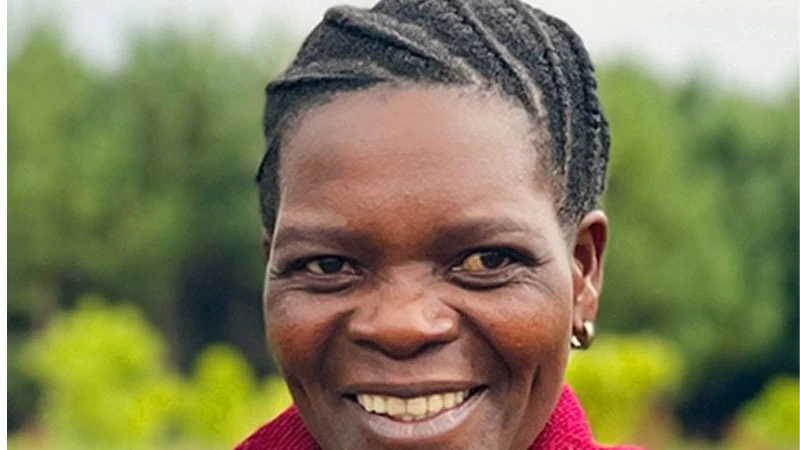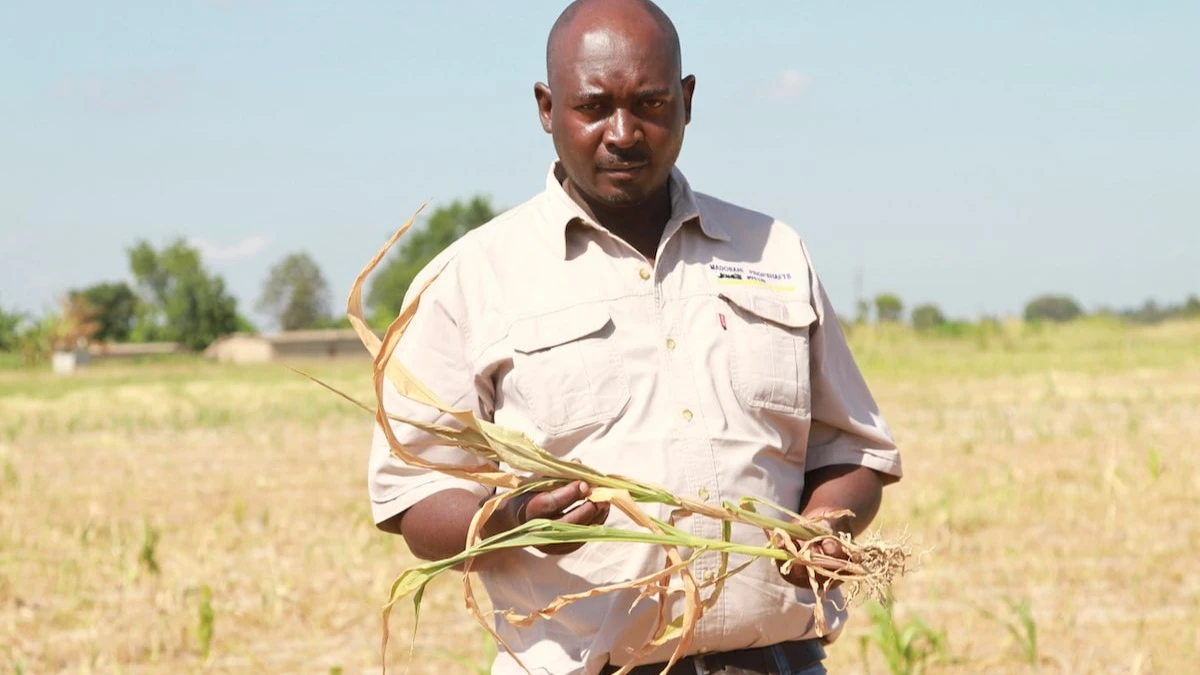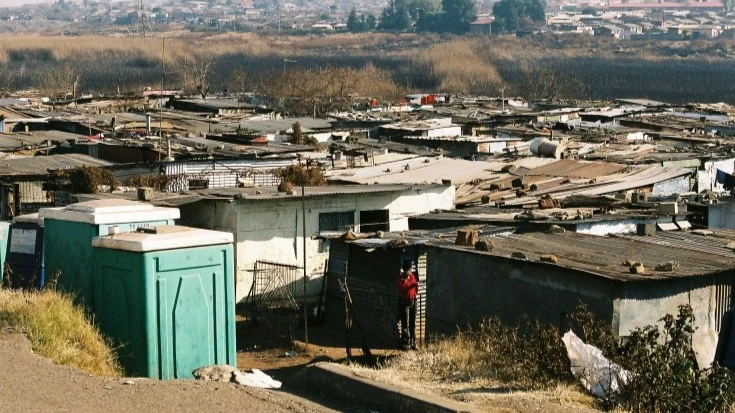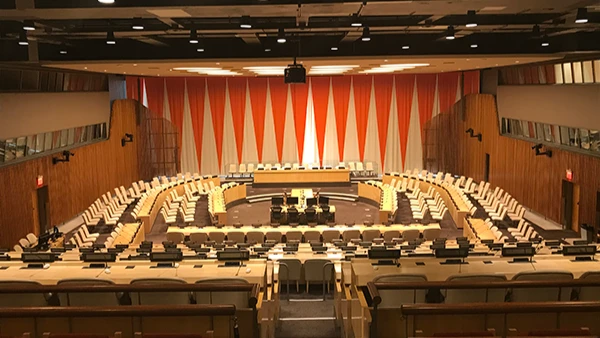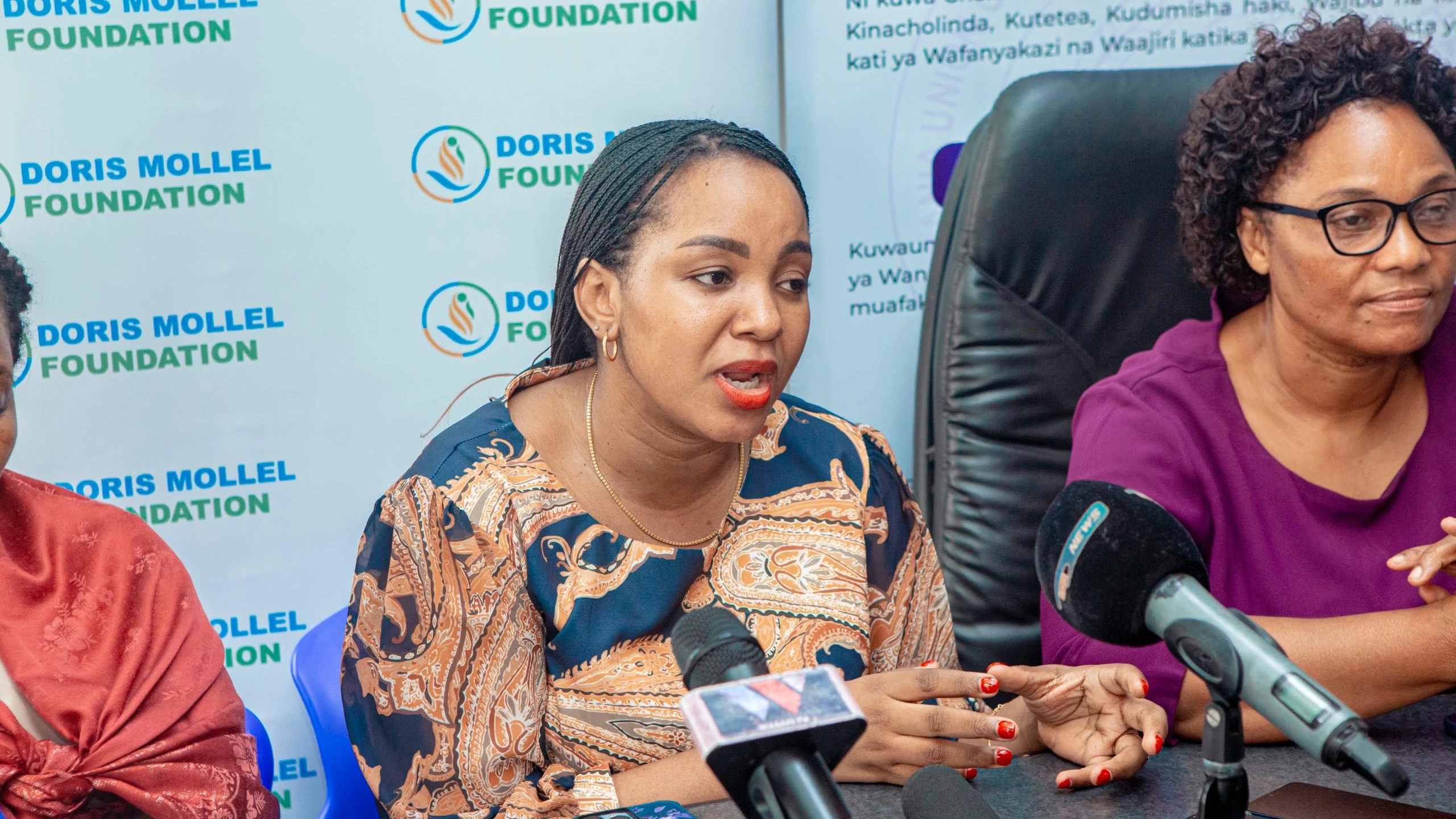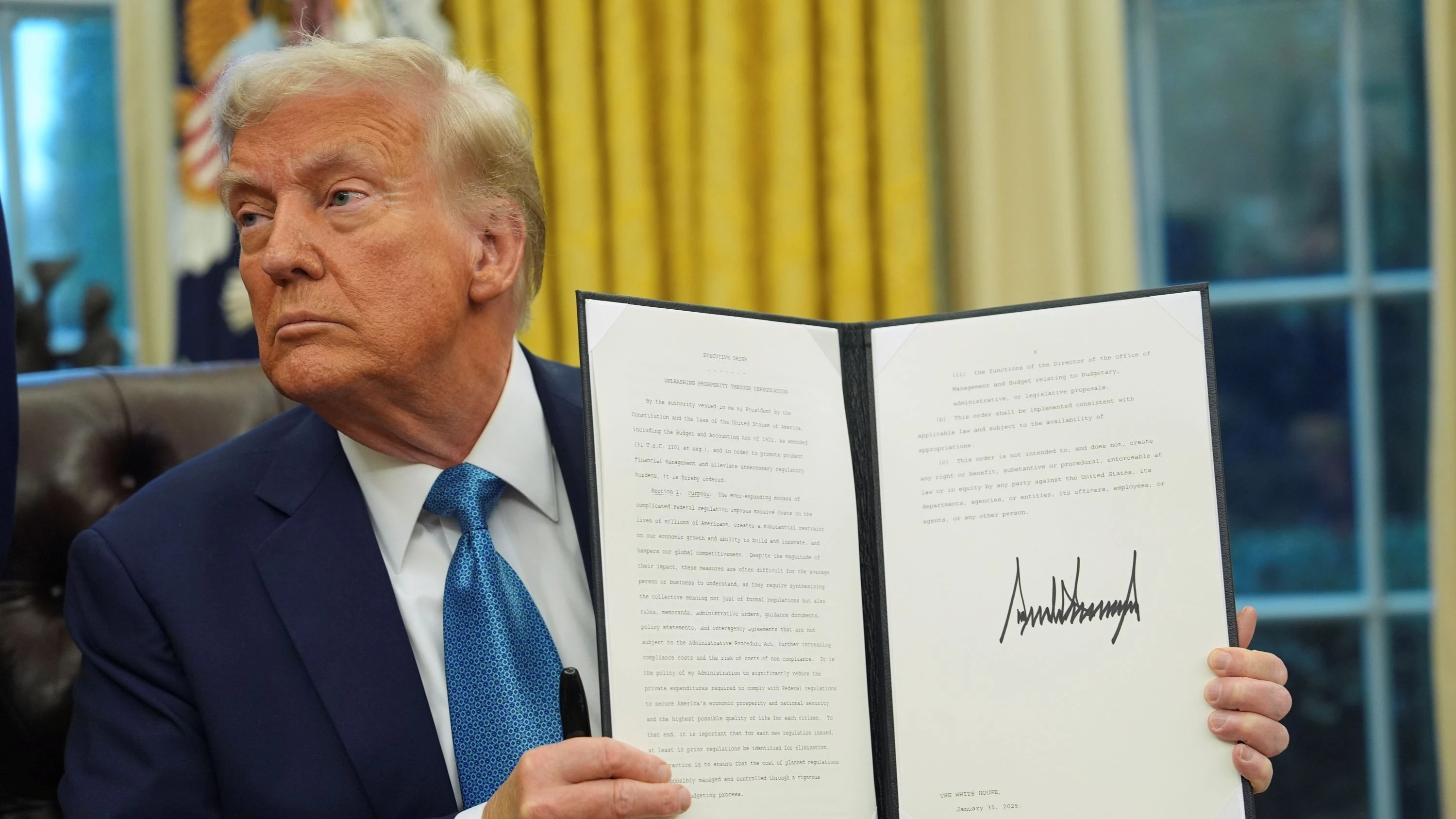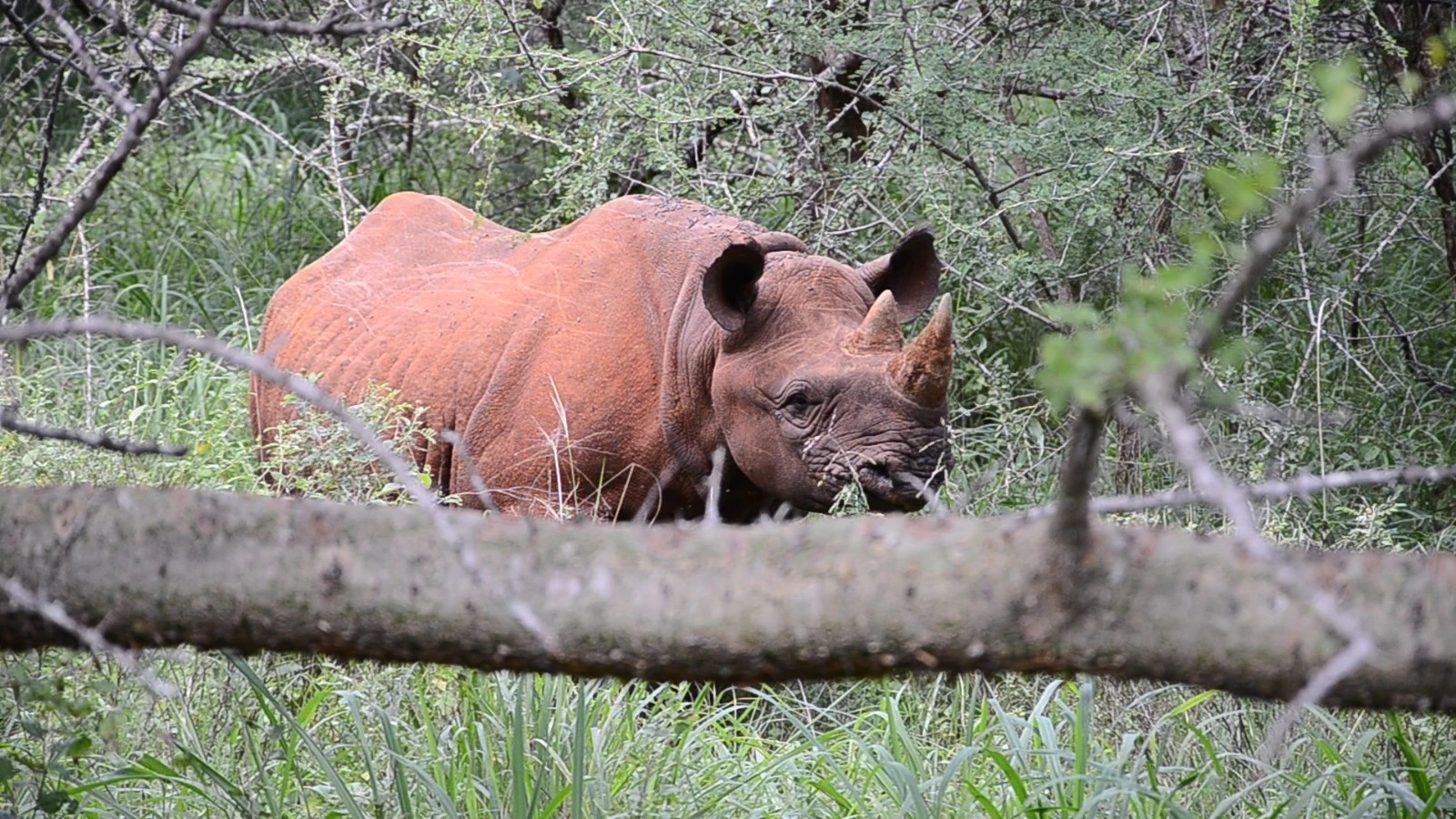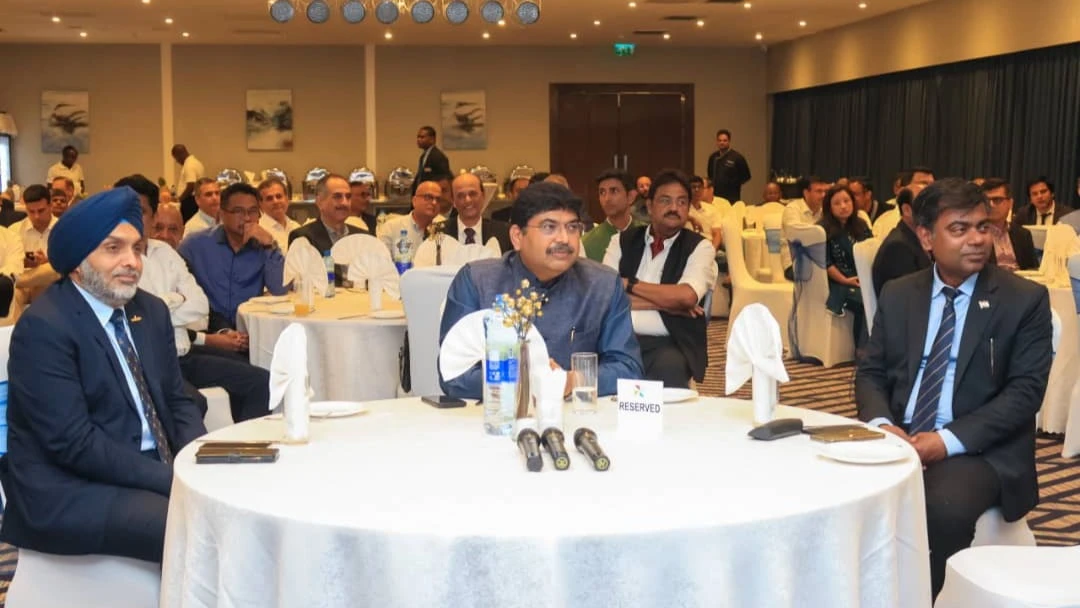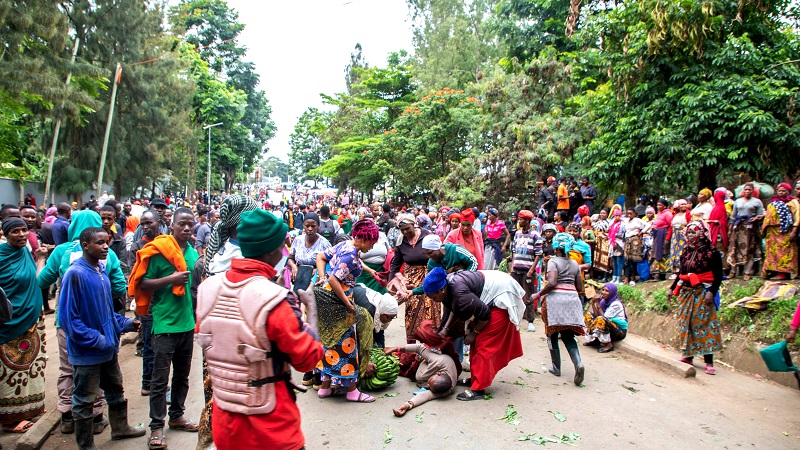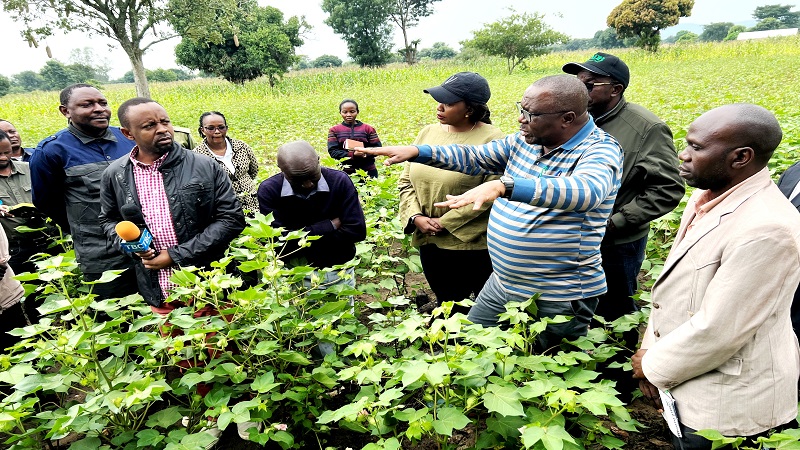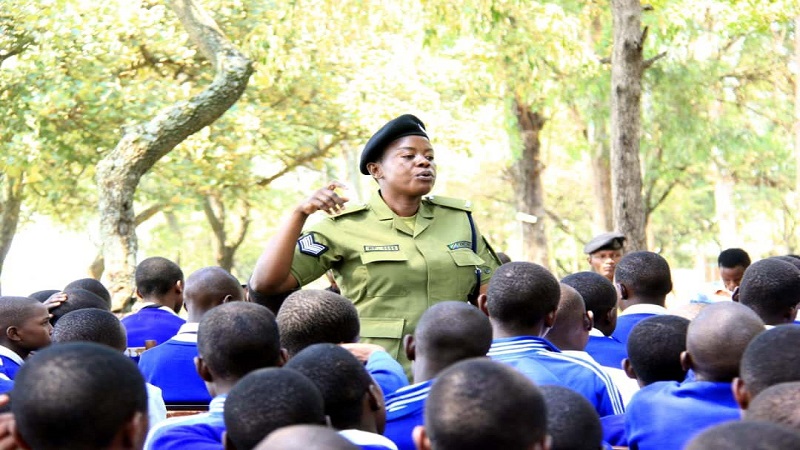Tanzania energy summit: Can $190 billion resolve Africa’s electrification dilemma?
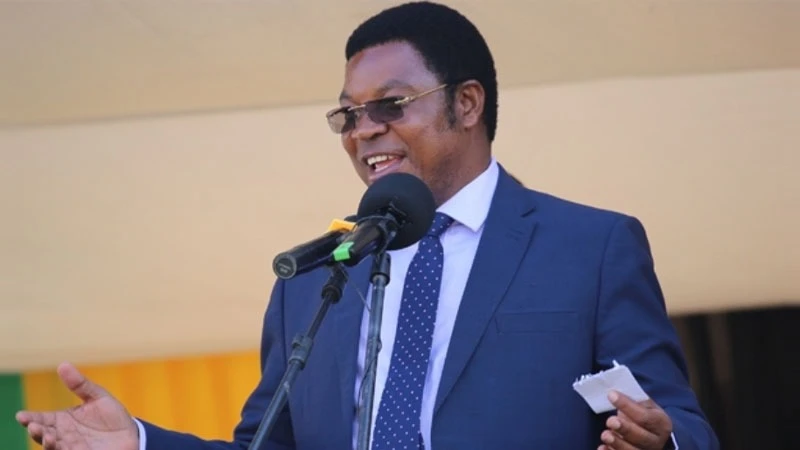
IN January 2025, Tanzania will host one of Africa’s most significant energy summits, an event that aims to raise $190 billion to electrify 300 million people across the continent by 2030.
While the ambition behind the summit is commendable, it prompts critical questions about whether such large-scale funding can truly solve the continent’s complex energy issues.
The event also sheds light on Tanzania’s energy challenges and its place within the broader African context.
Prime Minister Kassim Majaliwa announced Tanzania's selection as the host nation during a meeting organised by the Global Energy Alliance for People and Planet (GEAPP) in New York.
The summit, co-organised by major players such as the World Bank, African Development Bank (AfDB), and African Union, aims to gather global stakeholders to address Africa’s persistent energy poverty.
While Tanzania has made significant progress in rural electrification, this moment also presents an opportunity to scrutinize the effectiveness of such summits and the structural problems they intend to tackle.
Tanzania’s energy sector has attracted international attention for its efforts in expanding rural electrification, largely due to an aggressive government strategy to bring electricity to all villages by 2030.
According to official figures, rural electrification has improved significantly in recent years, but progress remains uneven, while some areas have benefitted, others continue to lag behind, often facing challenges such as poor infrastructure and bureaucracy.
The upcoming summit will shine a spotlight on Tanzania’s energy progress, yet it is crucial to question whether the nation’s experience can serve as a replicable model for the rest of Africa.
Tanzania’s efforts have been supported by international institutions like the World Bank, but the country’s energy sector still struggles with aging infrastructure, a growing population, and increasing energy demands.
“While Tanzania has made notable gains, it faces similar hurdles as many African countries, over-reliance on external funding, slow grid expansion, and the challenge of balancing traditional energy sources with the push for cleaner alternatives,” says energy expert Dr. Hamisi Ng’wandu.
He adds, “Relying on summits to bring in billions of dollars in investment doesn’t always translate into rapid or equitable electrification.”
At the centre of the 2025 summit is the ambitious target to raise $190 billion to accelerate electrification across Africa.
This figure, while staggering, begs the question of whether money alone can resolve the deep-rooted issues in Africa’s energy infrastructure.
Sub-Saharan Africa is home to over 600 million people without access to electricity, a problem exacerbated by outdated grids, lack of political will, and institutional corruption.
There’s little doubt that financing is a crucial element in solving Africa’s energy crisis, but it is not the only factor.
Critics argue that without addressing governance issues, poor policy frameworks, and inefficient energy markets, additional funding will do little more than provide a temporary fix.
“Africa’s energy poverty problem is not just a matter of funding, structural inefficiencies in how energy is generated, transmitted, and distributed are significant barriers,” says Rachel Kahinga, a policy analyst focused on African energy markets. “Simply pouring billions into the sector without first addressing these foundational issues is unlikely to yield the desired outcomes.”
As the host of the summit, Tanzania will be thrust into the spotlight for its policies on rural electrification and its efforts to transition to clean energy.
However, Tanzania, like many African nations, faces a dilemma: how to balance the urgent need for electrification with the longer-term goal of sustainability.
The global push for clean energy solutions, supported by institutions like the AfDB and the World Bank, often comes into conflict with the economic realities in many African countries, where fossil fuels remain the cheapest and most reliable energy source.
Tanzania has made strides in incorporating renewable energy sources, particularly solar and hydropower, into its energy mix. Yet the majority of its population, particularly in rural areas, still relies on traditional biomass like firewood and charcoal for cooking.
This reliance not only contributes to deforestation but also poses serious health risks, especially for women and children, the question remains, can Tanzania afford to transition to clean energy without undermining its developmental needs?
AfDB President Akinwumi Adesina has repeatedly stressed the importance of clean energy solutions for Africa, pointing out that 900 million African women still lack access to safe cooking energy.
“If we fail to transition from biomass fuels, we are condemning millions to continued poverty and health risks,” he said at the GEAPP meeting. But critics argue that the transition to clean energy needs to be pragmatic, especially in countries like Tanzania where traditional energy sources remain deeply entrenched in everyday life.
One of the underlying issues with large-scale funding initiatives like the $190 billion target is that they often overlook the political economy of energy access.
Energy distribution in many African countries is a highly politicized issue, with access to electricity often tied to political patronage, corruption, and the influence of powerful energy companies.
Tanzania is no exception, while the government has made progress in expanding the grid, the benefits of electrification have not been felt equally across all regions.
Tanzania’s efforts to electrify rural areas have also faced significant hurdles, including bureaucratic delays and mismanagement of funds.
According to a 2023 report by the World Bank, while electrification rates have improved, over 40 percent of the population still lacks reliable access to electricity.
The report emphasizes the need for better governance and transparency in the energy sector if universal electrification is to be achieved by 2030.
Moreover, energy policies often fail to take into account the broader socio-economic disparities within Tanzania, where wealthier urban areas tend to benefit more from energy investments than poorer, rural regions.
This imbalance highlights the critical need for a more equitable distribution of energy resources, something that the 2025 summit will need to address if it is to be truly successful.
The 2025 energy summit offers Tanzania and the broader African continent an opportunity to reflect on the root causes of energy poverty and propose long-term, sustainable solutions.
However, the question remains, will this summit lead to tangible, equitable progress, or will it be another well-intentioned event that fails to address the structural issues hampering Africa’s energy sector?
For Tanzania, the summit is an opportunity to not only secure much-needed investment but also to take a leadership role in shaping Africa’s energy future.
But this leadership must come with a clear commitment to governance reform, a realistic approach to clean energy, and a genuine focus on equitable access to energy for all citizens.
As the world looks to Tanzania in 2025, the country must prove that its energy policies can be more than just ambitious plans on paper.
Achieving universal access to electricity by 2030 is not impossible, but it will require more than financial pledges.
It will demand structural reforms, transparency, and a commitment to ensuring that no one is left behind in the march toward a more electrified and sustainable future.
Top Headlines
© 2025 IPPMEDIA.COM. ALL RIGHTS RESERVED


